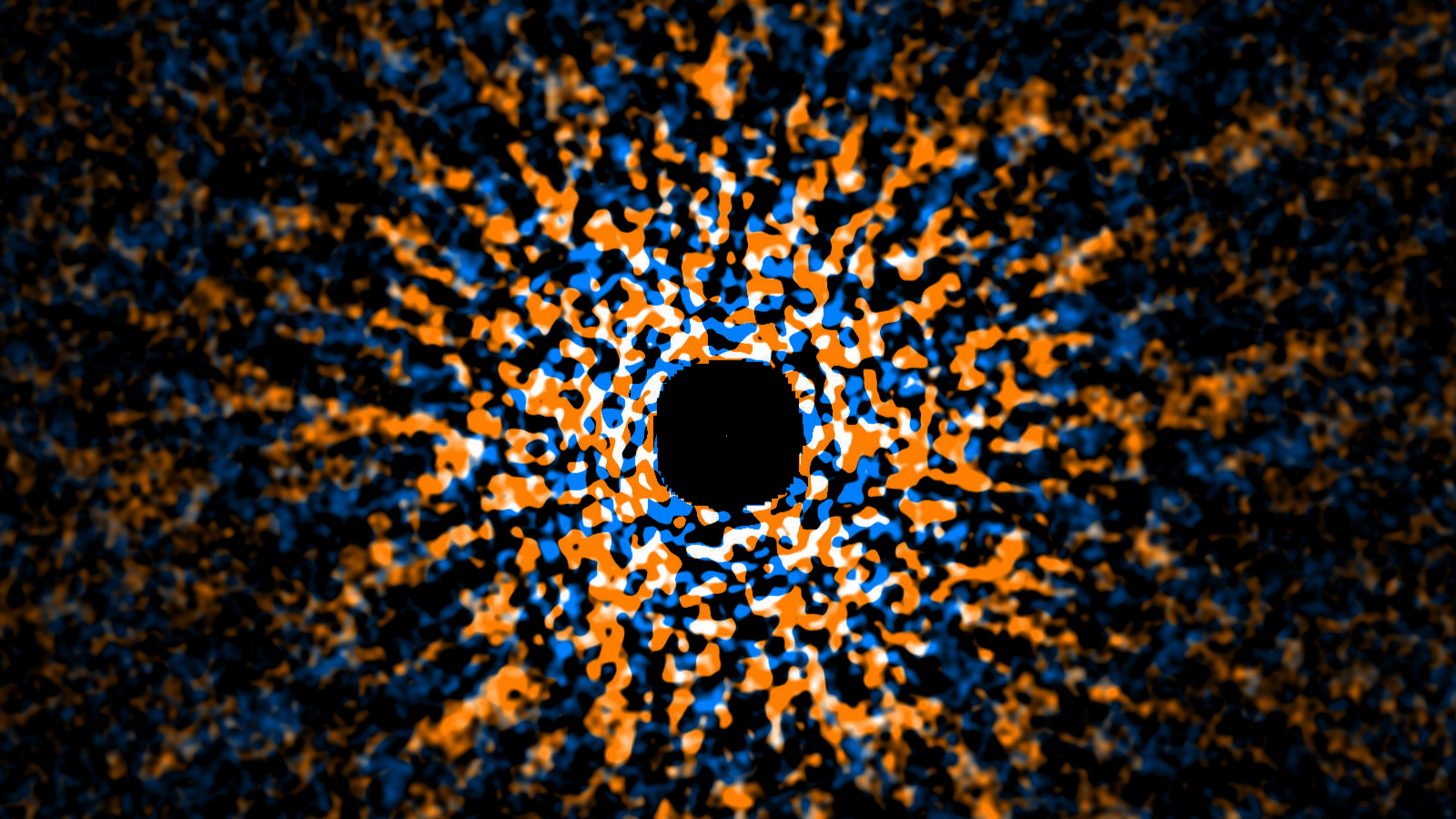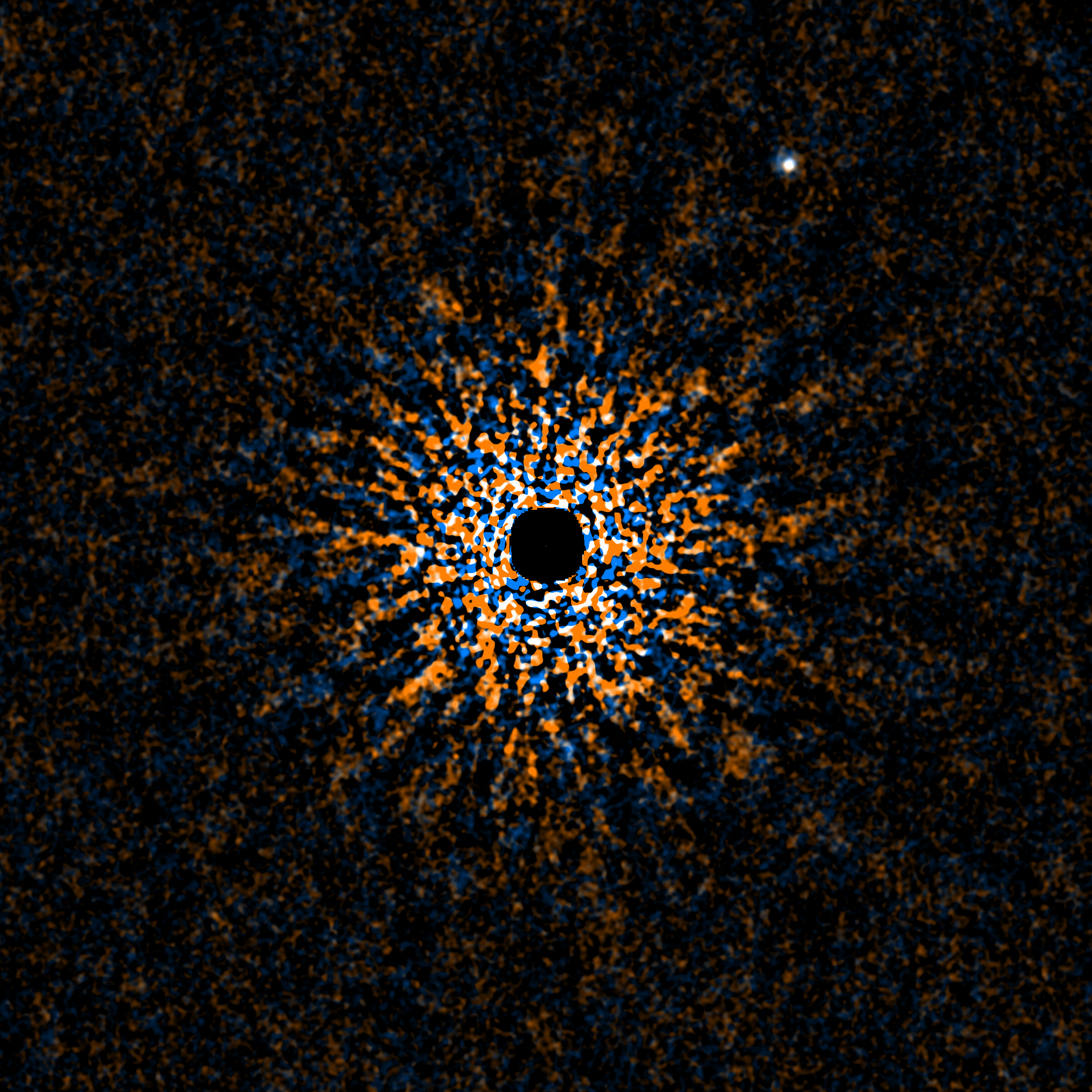'2nd Jupiter' exoplanet seen 60 light-years away | Space photo of the day for June 23, 2025
Exoplanet Gj 504 b was found using the Strategic Explorations of Exoplanets and Disks with Subaru (SEEDS) Project

Exoplanets, planets that exist beyond the reaches of our social system, are a key focus for astronomers as they can help uncover a variety of mysteries in our universe, from how the cosmos originally formed to if there's life on other worlds.
What is it?
Exoplanet GJ 504 b orbits the star GJ 504, similar to how Earth orbits the sun. Experts estimate its size to be three to six times more massive than Jupiter, which has caused some astronomers to refer to it as a "second Jupiter."
Where is it?
GJ 504 b's main star is located in the constellation Virgo, which is about 60 light-years away. The distance between the exoplanet and its star, GJ 504, is 44 astronomical units (au), around the same distance between the sun and Pluto in our solar system.
Why is it amazing?
Experts in the the Strategic Explorations of Exoplanets and Disks with Subaru (SEEDS) project captured this image, using a special coronagraph imager, which allows cameras to see beyond the brightness of a star. The goal of the SEEDS project has been to conduct direct observations of exoplanets, like GJ 504 b, to try to explore their features.
Exoplanets, including GJ 504 b, are often very faint, making them hard to photograph directly. When scientists are able to image them, they can then analyze the exoplanets and classify them more accurately. For GJ 504 b, this image helped researchers determine that GJ 504 b has a temperature of 500 Kelvin (440.33 degrees Fahrenheit or 230 degrees Celsius), which is high for humans but very low for a planet. The exoplanet also has fewer clouds in its atmosphere than other exoplanets found, according to the SEEDS project.
Want to learn more?
You can read more about exoplanet tracking and GJ 504 b as the SEEDS project continues to look for more exoplanets in the far reaches of our universe.
Breaking space news, the latest updates on rocket launches, skywatching events and more!
Kenna Hughes-Castleberry is the Content Manager at Space.com. Formerly, she was the Science Communicator at JILA, a physics research institute. Kenna is also a freelance science journalist. Her beats include quantum technology, AI, animal intelligence, corvids, and cephalopods.
You must confirm your public display name before commenting
Please logout and then login again, you will then be prompted to enter your display name.


